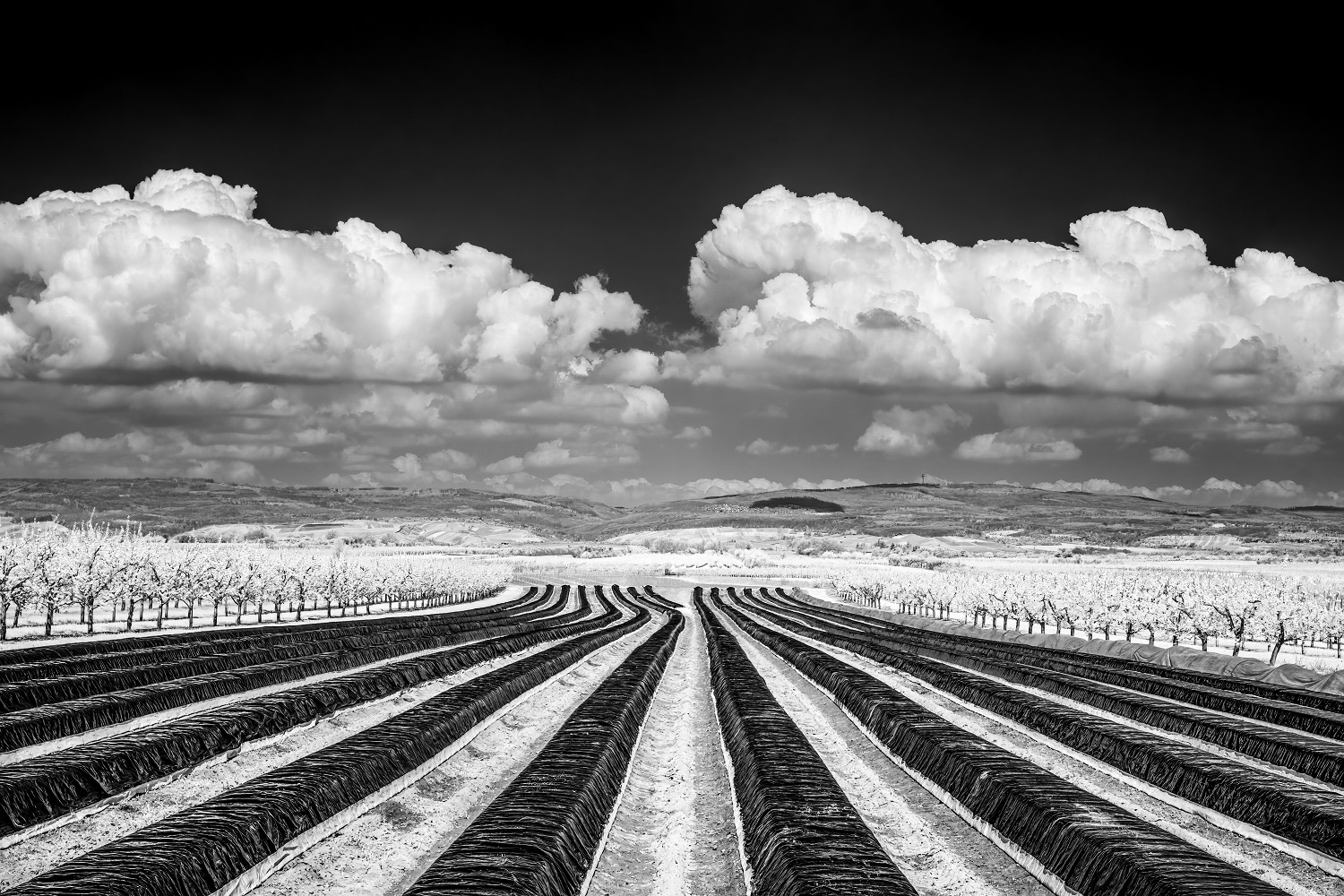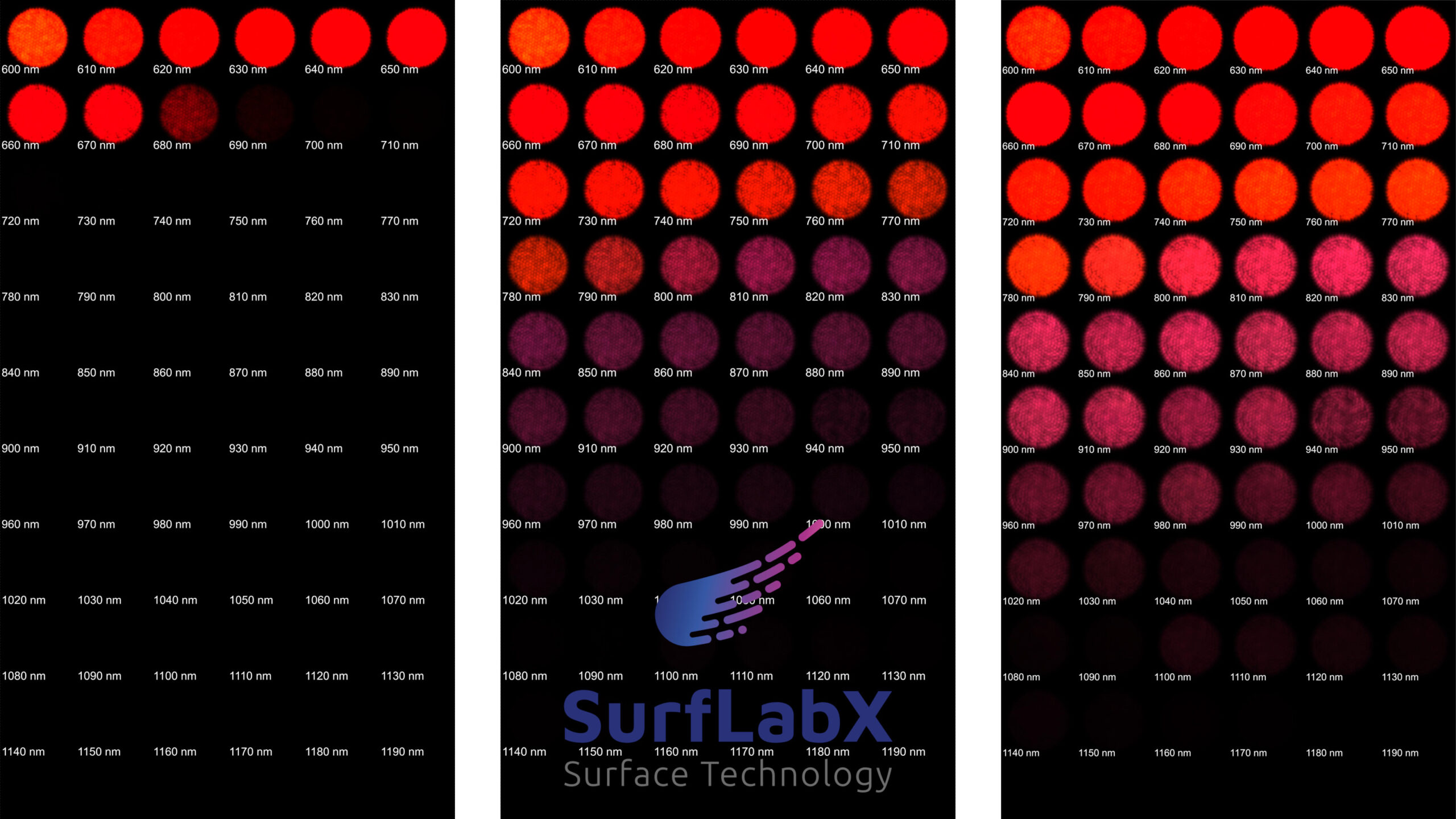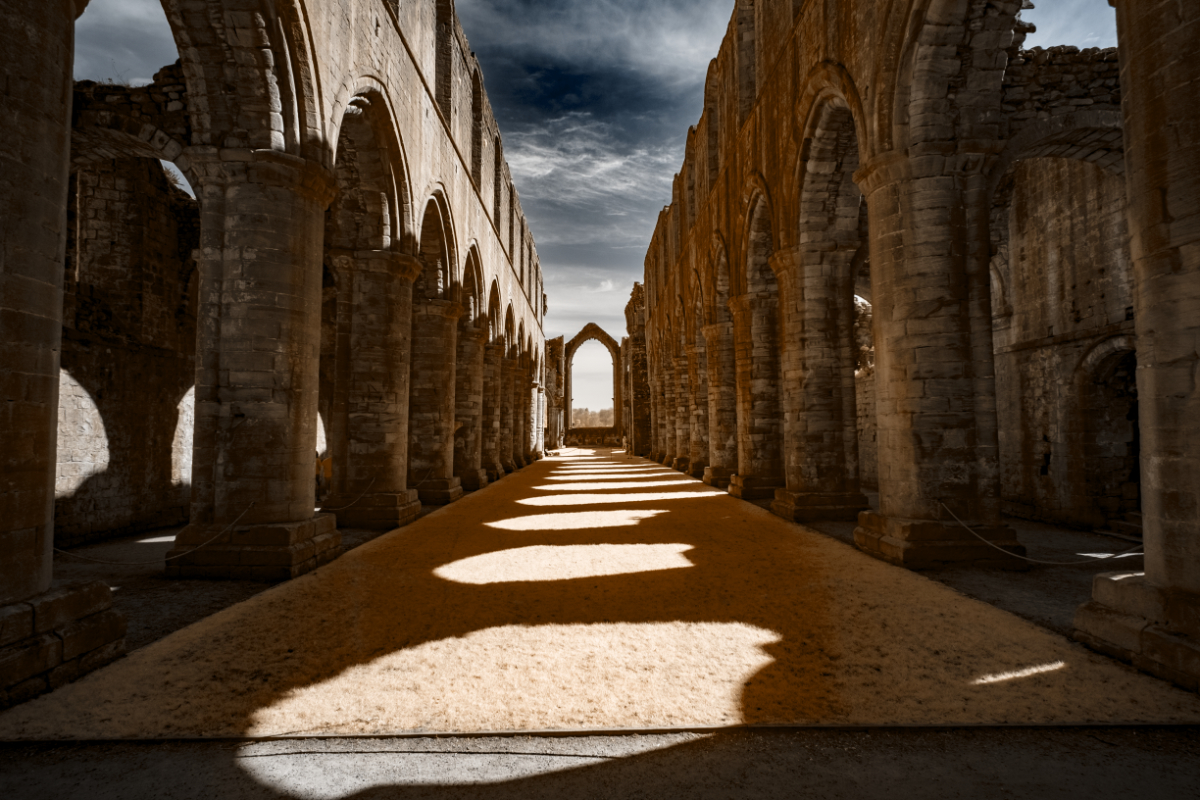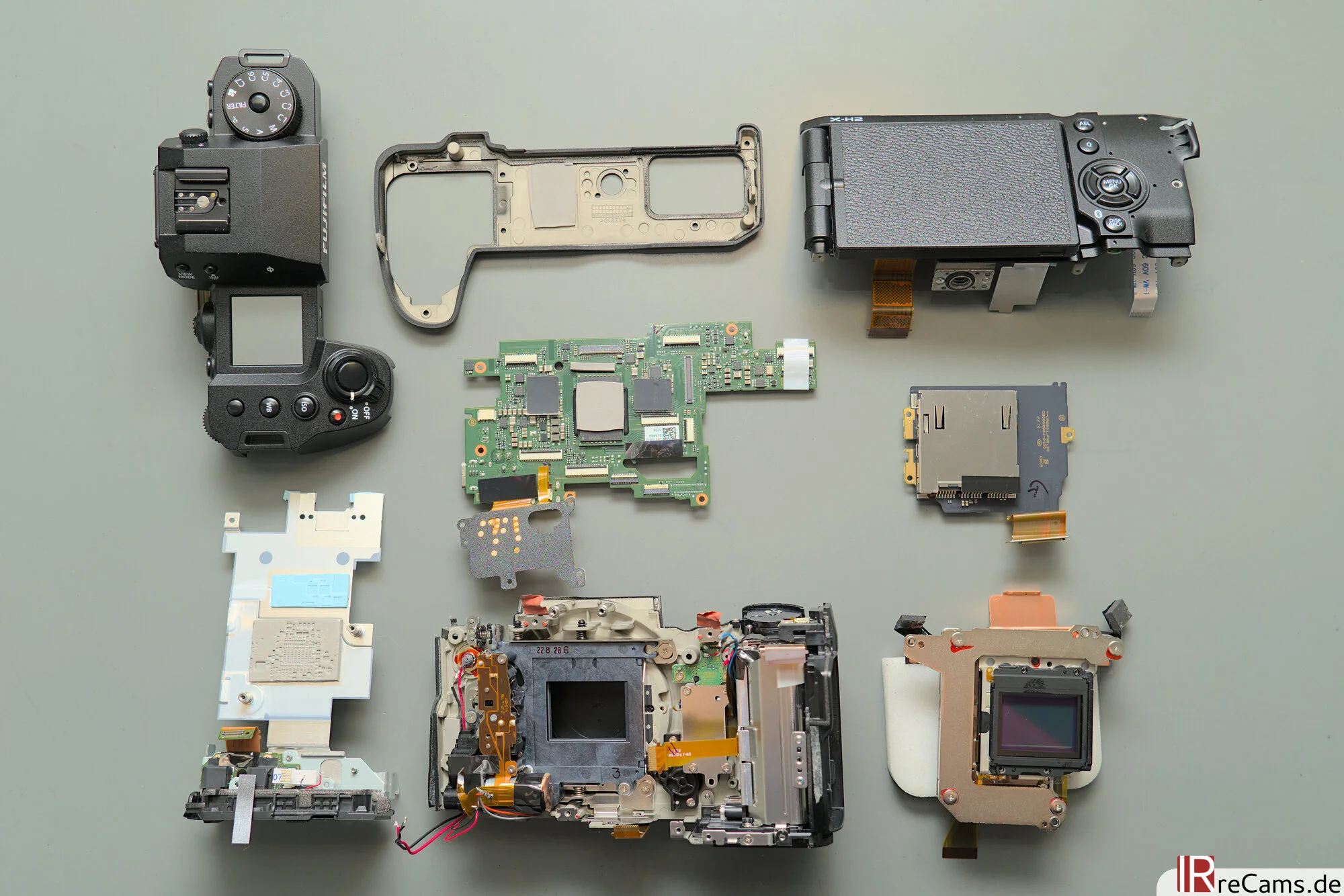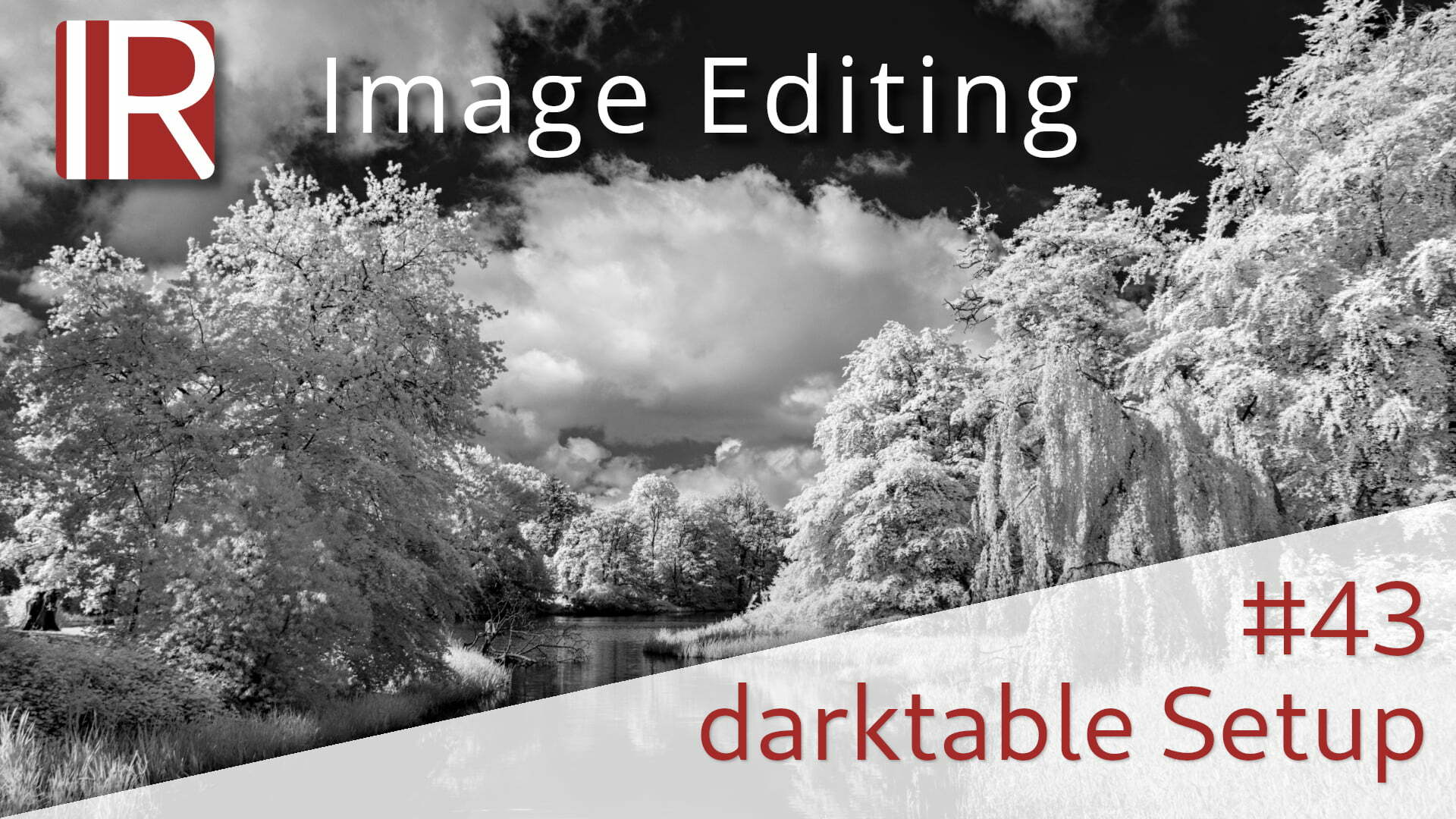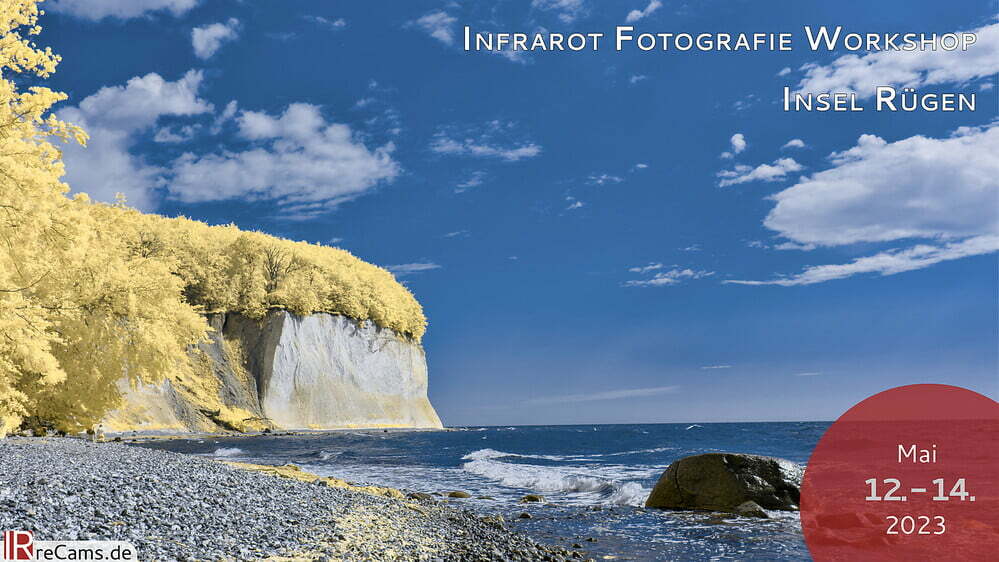Ihr Warenkorb ist derzeit leer!
blog
Exhibition: Rheinhessen in a different light
Authors: Jutta Wirthl, Christoph Kern, Marc Clement Rheinhessen has been photographed many times, but there are still many new facets to be discovered. This gave rise to the idea of setting off in a small group to explore this region full of cultural treasures, impressive buildings and a gently undulating landscape. The result is a series of impressive black and white photographs,...
A total solar eclipse captured in Infrared
Author: Jill Puff It is the first total solar eclipse to cast its shadow on Canadian soil since 1979 and it reaches southwestern Ontario shortly before 3:15 pm. A large crowd gathered at Stoney Creek Park in the Canadian province of Ontario to watch the natural spectacle. The province of Ontario is a small community...
On the track of the violin - Forensic Infrared and UV images for instrument analysis
Author: Leonhard Rank Since the middle of the 20th century, historical art objects such as string instruments have been examined not only in visible light, but also in other wavelength ranges. Today, this has become an important part of a comprehensive analysis in order to better understand and interpret the instrument and its condition. The information obtained in this way can be used not only for...
Limit of Infrared sensitivity for different camera sensors
Which camera is actually the best for Infrared? Is model X better for IR than model Y? Through many years of experience, the answer has always been: "It doesn't really make much difference". This gut feeling is more than sufficient for creative IR photography and that could be the end of the article. But for...
Fountains Abbey Monastery Ruins in Infrared
Author: Jean-Luc Koenig (Luxembourg) Fountains Abbey is the ruins of a Cistercian monastery in North Yorkshire, England. The abbey was founded in 1132 and when Henry VIII ravaged England, it too was dissolved in 1539. The abbey is set in beautiful parkland and the best time to visit is certainly in spring or fall....
UV Photography: How does sunscreen work on the beach?
A summer day at the beach is synonymous with vacation. But despite lightheartedness and good mood, sunscreen should not be forgotten. UV radiation can severely damage the skin and is dangerous. How important the protection is is impressively shown by the DLRG in this small video. The UV images in the video were of course taken with a Fullspectrum [...]
Insider: Fujifilm X-H2 Teardown and Disassembly
In the fall of 2022, Fujifilm introduced the X-H2, the first camera with the new X-Trans CMOS 5 HR sensor. This sensor has an effective resolution of 40 megapixels, making it the leader in the APS-C segment. Combined with the new X-Processor 5, which enables advanced subject detection and video capture up to 8K RAW, this flagship camera is aimed at professionals and enthusiasts. After a deep look under the hood, the design of this camera can be summarized as follows: Heat Management and Dissipation. But how does it perform in
Insider: Canon EOS R7 Disassembly and Teardown
In May 2022, Canon introduced the EOS R7, the first APS-C camera in the relatively young R system. The camera sensor has a resolution of 32.5 megapixels and is moving - the manufacturer promises 7-stage image stabilisation. On the data sheet, it is a very powerful, small camera with many functions and [...]
Ep. 43: darktable 4.2 for beginners - setup for Infrared Editing
The new darktable version 4.2 was released in December, for the IR workflow there are no new features or changes. Instead of going into new features, I explain for beginners how to use the program in principle and how to set it up quickly for IR processing.
Infrared Workshops 2023
The workshop dates for 2023 are fixed! From May 12 to 14, an Infrared Workshop will again take place on the island of Rügen. From 02 to 04 June 2023, the workshop will be held in southern Germany (North Swabia).
New Posts:
Exhibition: Rheinhessen in a different light
A total solar eclipse captured in Infrared
On the track of the violin - Forensic Infrared and UV images for instrument analysis
Limit of Infrared sensitivity for different camera sensors
Fountains Abbey Monastery Ruins in Infrared
UV Photography: How does sunscreen work on the beach?
Insider: Fujifilm X-H2 Teardown and Disassembly
Insider: Canon EOS R7 Disassembly and Teardown
Ep. 43: darktable 4.2 for beginners - setup for Infrared Editing
Infrared Workshops 2023
630nm 700nm 720nm anfänger architektur astro astrocamera astrokamera astromod balticsea bavaria bayern beginner berchtesgaden berchtesgadenerland bildbearbeitung blackandwhite blackandwhitinfrared bwinfrared bwir channelswap color color-ir colorir Colorkey darktable einstieger farb-ir farbir Gast germany hotspot howto infrared infrarot ir irrecams italien kamera test kirche landzumleben Laurentius-Kapelle mediterranian monochrom monochrome mosel MV ostsee review ruegen rügen Sachsen Schloss schwarzweiss screencast sea sonnenuntergang sunset sweden teide teneriffa toskana trittenheim tuscany tutorial uckermark umbau vorgebirgspark Wein

